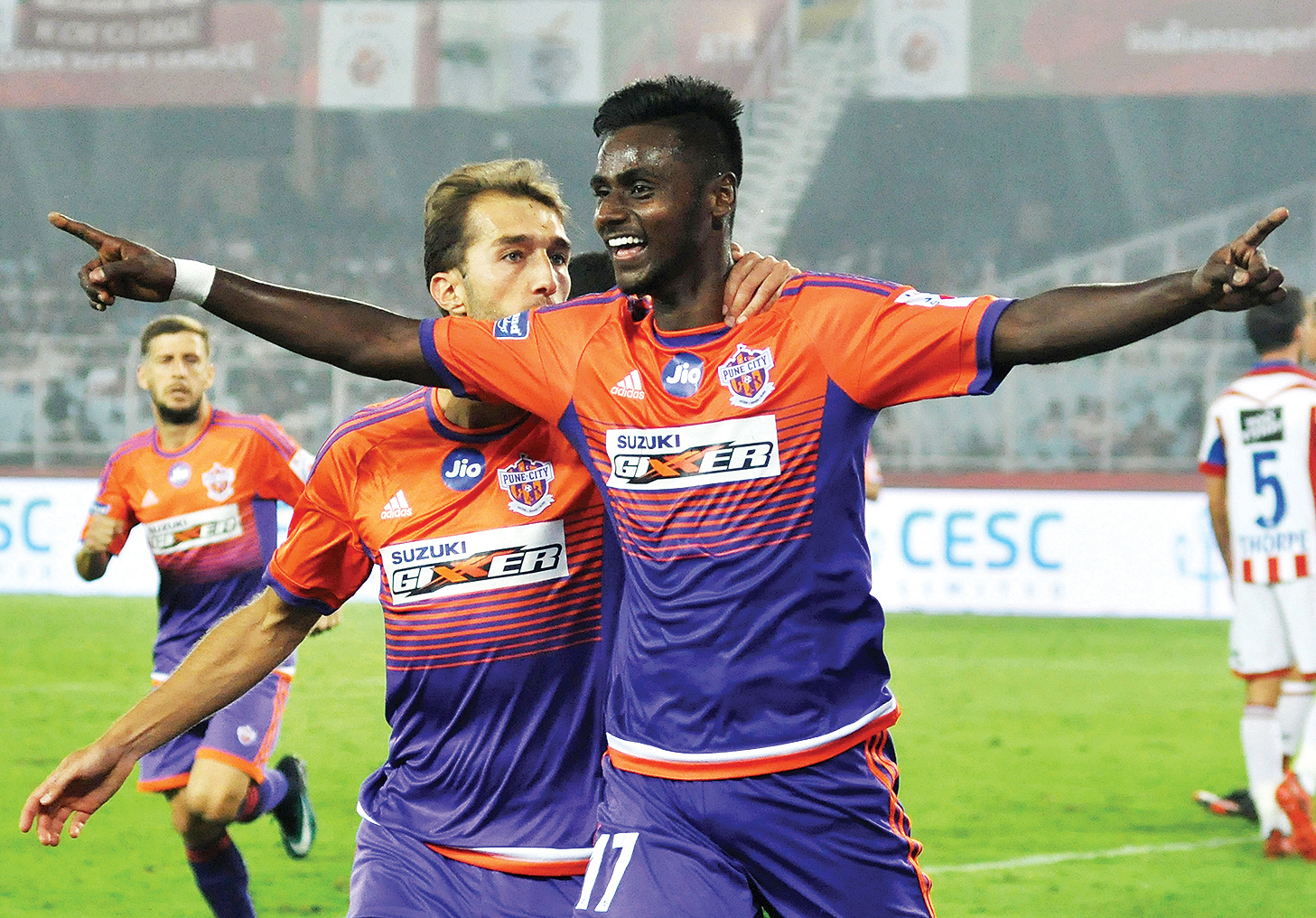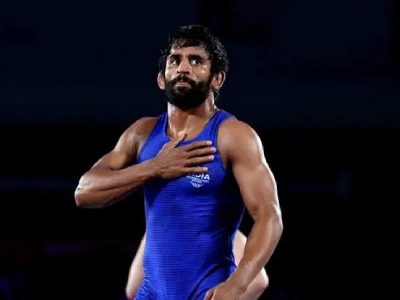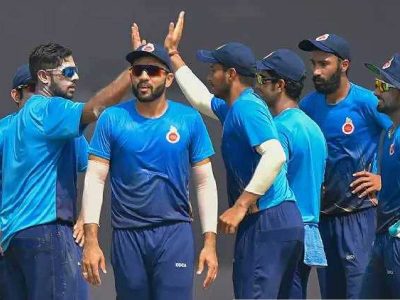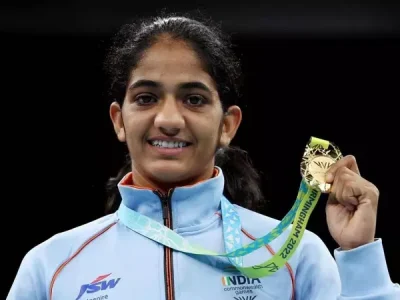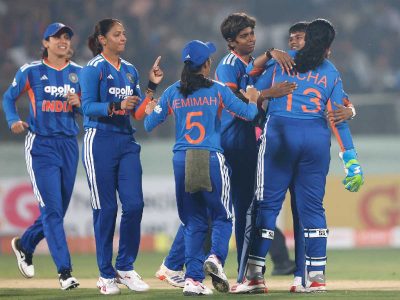Patriot analyses whether the Indian Super League has been responsible for the rise of Indian football in the past number of years
“Come on India, let’s football” – this is the slogan with which the Indian Super League was flagged off by the All India Football Federation (AIFF) and IMG-Reliance in 2014, with the aim to bring the beautiful game to the mainstream in cricket crazy India. The main motif for the AIFF to start the ISL, according to then AIFF chief Praful Patel was to develop the footballing culture in India, and to bring the country to the world stage of football.
In the four years since the inception of ISL, India’s FIFA world ranking has gone from 173 in 2014 to an all-time high of 94 as of November 2018. The national team has won many international tournaments, and recently held one of the strongest Asian teams China to a goalless draw. So how far has the league shaped up this current success of the Indian football team?
Firstly, if one sees the current squad of the Indian football team, it is quite evident that there are more players from the ISL teams than from those of the I-League. In the 15-man squad, there is only one player from East Bengal, while all the rest of the players play for some team or the other in the ISL.
Even, the recent call-ups which have been made apart from the regular squad, there is a huge influx of players from the ISL, while there are only two players who represent the I-League.“The ISL has brought players from obscurity to being regulars at the Indian national team,”says veteran football analyst Novy Kapadia.
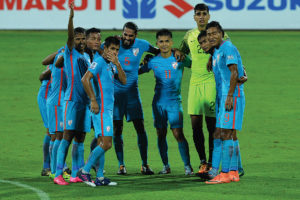
Sandesh Jhingan, was an almost unknown quantity when he played for a small side called United Sikkim FC- a team that played in the then lower rungs of the I-League. However, joining Kerala Blasters proved to be a major boon for Jhingan. Not only did he become the defensive mainstay for the Sachin Tendulkar-owned side, but also, he soon broke through the ranks of the Indian dressing room and has represented the country in 29 international matches since. It is because of the ISL that Jhingan rose from a nobody to the backbone of the Indian national football team.
Romeo Fernandes, the striker from Goa, also rose to prominence in the ISL. Though he was the leading man for Dempo, and had scored goals for them, it was his first stint with FC Goa in the ISL, that gave him recognition. His impressive run in front of goal gave him an opportunity to play in the Brazillian League for Athletico Paranese, thus becoming the first Indian to do so.
Not only these two, but a lot of Indian talent has come to limelight after the ISL. Because of the large viewership, people have come to know of many Indian players who were mostly unknown quantities previously, are now known faces. The policy of playing a minimum of six Indian players in the starting 11 is a decision that has benefitted most of the Indian talent, according to Kapadia.
Another thing that the ISL has done right is the development of the game at the basic grassroot level. All the ten teams involved in the competition have set up their own academies, wherein young players are coming in from different parts of the country. However, the number is not large enough, as pointed out by former FC Goa player and French World Cup winner Robert Pires. According to him, the academies are only functioning in the cities the clubs are based in, and need to reach out to all the smaller centers of India.
“The footballing infrastructure of the country too has seen a major development post the ISL”, says Novy Kapadia. The Jawaharlal Nehru Stadium received a major overhaul before the 2014 ISL and has been the premier stadium to play football in the country. Major international matches have been played here ever since. Even the stadiums in smaller cities like Kochi, Pune and Guwahati were also improved because of the ISL.
The DY Patil Stadium in Navi Mumbai, used to be a cricket stadium where the IPL finals in the first two years were held. But then, since there were cricket stadiums aplenty across Maharashtra, this was lying unused for most of the time. So, the stadium was then transformed to a football stadium and the homeground for Mumbai City FC.
The influx of foreign coaches and partnerships with major clubs like Atletico Madrid also helped the ISL players in many ways. The ATK players once went to the Vincente Calderon, the official stadium of Atletico Madrid for training. “Foreign coaches like legendary Brazillian Zico, former Manchester united youth coach Rene Mulensteen etc have come here and shared their valuable experiences with the local talent,” says Kapadia. “The Indian players also got to share dressing rooms with stalwarts like Del Piero, Pires, David James, Robert Carlos etc. this has also helped in shaping the players and where the Indian football team stands today,” he adds.
However, the ISL is slowly losing importance, if the attendance records and viewership ratings are anything to go by. The average attendance of the last ISL was a meager 15,000, with the minimum attendance at a match even coming down to 2,000 in one game.
“This is mainly because the ISL teams do not have a major fan base. Teams like Mohun Bagan and East Bengal, who boast of so many fans, can still fill up a whole 80,000- strong capacity stadium, whereas the ISL teams are failing to match even one-fourth of that.
“The ISL has contributed a lot to the Indian football scene, and it has just given a platform for them to shine. The fact that there are two different first division leagues in the country is something that should not happen. The presence of two leagues has divided the viewership a lot. I feel if they merge together to form a solitary Indian league, only then will the competition increase, and more viewers will be draw to the league. Thus, I hope the I-League and ISL merge, and only then will the country rise the ranks more and maybe someday play for the World Cup,” concludes Kapadia.

